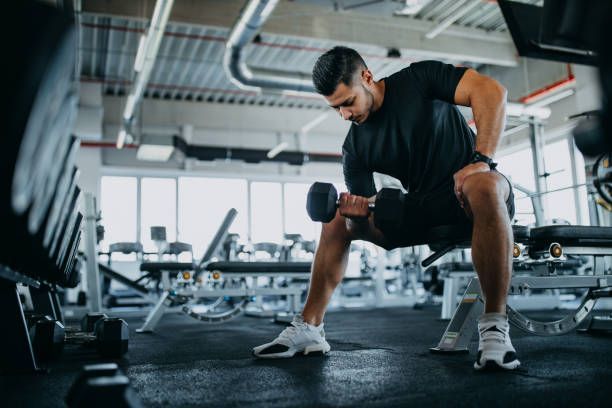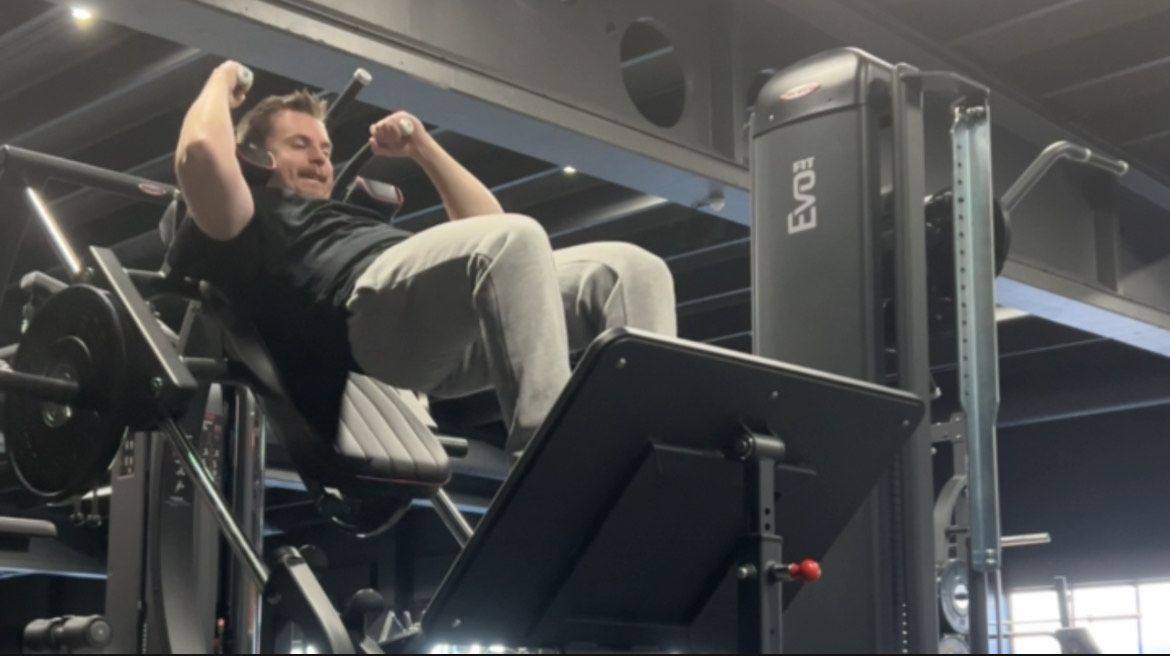Bulgarian split squat vs walking lunges
Which one is superior?
When it comes to building strong, sculpted legs, both walking lunges and Bulgarian split squats are exceptional exercises. Each has unique benefits and can be incorporated into your workout routine to target different muscle groups and achieve various fitness goals. This article delves into the specifics of walking lunges and Bulgarian split squats, comparing their benefits, techniques, and potential drawbacks to help you determine which exercise best suits your needs.
Walking Lunges
Overview
Walking lunges are a dynamic exercise that involves stepping forward into a lunge and then repeating the motion with the other leg, creating a "walking" motion. This exercise targets the quadriceps, hamstrings, glutes, and calves, providing a comprehensive lower body workout.
Benefits
- Dynamic Movement: The walking motion engages more muscles, improves coordination, and enhances balance and stability.
- Functional Strength: Walking lunges mimic everyday movements, making them beneficial for functional strength and injury prevention.
- Cardiovascular Engagement: The continuous movement can elevate heart rate, offering cardiovascular benefits alongside muscle strengthening.
- Flexibility and Mobility: The exercise stretches the hip flexors and improves lower body mobility, which is crucial for overall functional fitness.
Technique
- Starting Position: Stand upright with your feet hip-width apart, hands on your hips or holding weights by your sides.
- Step Forward: Take a step forward with your right foot, lowering your body until your right thigh is parallel to the ground and your left knee is nearly touching the floor.
- Push Through: Push through your right heel to rise back up and bring your left foot forward to step into the next lunge.
- Alternate Legs: Continue to alternate legs, moving forward with each lunge.
Common Mistakes
- Knee Alignment: Ensure your front knee does not extend beyond your toes to prevent joint strain.
- Upper Body Posture: Keep your torso upright and avoid leaning forward to maintain proper form.
- Controlled Movements: Avoid rushing through the exercise; perform each lunge with controlled, deliberate movements.
Bulgarian Split Squats
Overview
Bulgarian split squats are a unilateral exercise that involves placing one foot behind you on an elevated surface while performing a squat with the other leg. This exercise primarily targets the quadriceps, glutes, and hamstrings, offering intense muscle engagement.
Benefits
- Unilateral Focus: Emphasizes one leg at a time, helping to correct muscle imbalances and improve overall leg strength.
- Deep Muscle Activation: The elevated rear foot allows for a greater range of motion, resulting in deeper muscle activation in the quads and glutes.
- Core Engagement: Maintaining balance in this position engages the core, enhancing overall stability and strength.
- Strength and Hypertrophy: Bulgarian split squats are highly effective for building muscle strength and hypertrophy due to the intense focus on each leg.
Technique
- Starting Position: Stand a few feet in front of an elevated surface (such as a bench or step), facing away from it. Place the top of your right foot on the surface behind you.
- Lower Your Body: Lower your body by bending your left knee, keeping your torso upright. Your left thigh should be parallel to the ground, and your right knee should be near the floor.
- Push Through: Push through your left heel to return to the starting position.
- Repeat and Switch Legs: Complete the desired number of reps on one leg before switching to the other leg.
Common Mistakes
- Knee Alignment: Ensure your front knee aligns with your toes and does not extend beyond them.
- Balance Issues: Focus on maintaining balance and avoid wobbling by engaging your core and looking forward.
- Depth Control: Lower yourself until your front thigh is parallel to the ground to ensure full range of motion and muscle engagement.
Comparison
Muscle Activation
- Walking Lunges: Offer a more dynamic range of motion, engaging multiple muscle groups, including stabilizers, due to the continuous movement.
- Bulgarian Split Squats: Provide intense focus on the quadriceps and glutes with deeper muscle activation due to the elevated position.
Functional Benefits
- Walking Lunges: Improve functional strength and mimic everyday movements, making them highly practical for daily activities.
- Bulgarian Split Squats: Address muscle imbalances and enhance single-leg strength, which is beneficial for athletes and individuals looking to correct asymmetries.
Difficulty and Progression
- Walking Lunges: Generally easier to start with and can be modified with added weights or increased reps.
- Bulgarian Split Squats: More challenging due to the balance requirement and can be progressed with weights or increased depth.
Conclusion
Both walking lunges and Bulgarian split squats are powerful exercises for lower body development. Walking lunges are ideal for those looking to improve functional strength, balance, and cardiovascular fitness, while Bulgarian split squats are excellent for targeting muscle imbalances, enhancing single-leg strength, and achieving deep muscle activation. Incorporating both exercises into your workout routine can provide a well-rounded approach to leg training, ensuring comprehensive muscle development and functional fitness.











